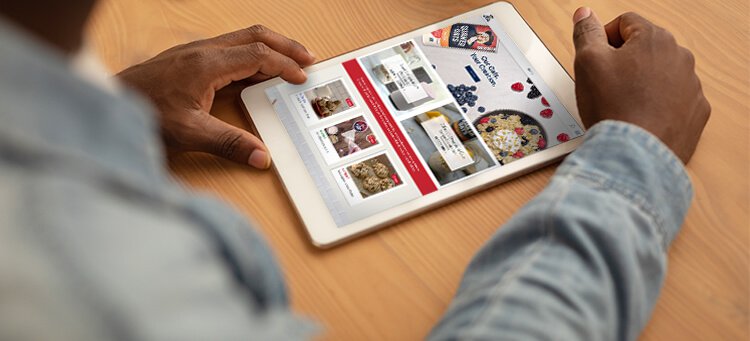 Making batter breads essentially involves three phases: dissolving the yeast, mixing the dough and varying the crust. Here you'll find the basic directions for success.
Making batter breads essentially involves three phases: dissolving the yeast, mixing the dough and varying the crust. Here you'll find the basic directions for success.
The initial step for making batter breads requires dissolving the yeast. Follow the directions below.
- Be sure the yeast is fresh by checking the expiration date on the package.
- Test the temperature of the liquid ingredients with your hand (they should feel warm, but not hot) or test with an instant-read thermometer. The temperature should be warm (105°F to 115°F for active dry yeast; 95°F for compressed, fresh yeast). Liquid that is too hot will kill the yeast; liquid that is too cool will not activate the yeast.
- In a small bowl, combine the yeast with all or a small amount of the warm liquid. Let mixture stand 3 to 5 minutes until it gets foamy and expands.
NOTE: In many recipes prepared with quick-rising active dry yeast, the yeast is not dissolved in the liquid. Instead, the yeast is mixed with the other dry ingredients in the recipe. The liquid is heated to 120°F to 130°F, then stirred into the dry ingredients. The remaining ingredients are then mixed in. This combination of warmer dough and the quick-rising yeast means the first rising can take as little as 20 minutes compared to 60 or 90 minutes for traditional active dry yeast or compressed, fresh yeast.
Now you're ready to mix the dough. Follow the directions below.
- Warm mixing bowl by filling it with hot tap water. Pour out water and dry.
- Place dissolved yeast in warm bowl. Add remaining liquid ingredients (any liquid not used to dissolve the yeast, eggs, honey or molasses); mix well.
- Add fat, sugar, salt, spices or herbs and about two-thirds of the flour called for in the recipe.
- Beat vigorously with a large spoon or with a standing electric mixer fitted with the flat or paddle beaters for at least 1 minute.
- The results will be a thick, rough, lumpy batter not stiff enough to hold its shape.
- Gradually stir in enough of the remaining flour (about 1/4 cup at a time) to make a stiff, but slightly sticky dough.
- Continue beating 5 to 8 minutes until dough appears to smooth out and stretches as the spoon or beater works through it.
- Turn dough into greased loaf pan. Cover and allow dough to rise to the top of the pan. Bake as directed in recipe.
There are different ways to vary the crust on a yeast bread.
- For a heartier, crispier crust: Bake the bread free form on a heated baking stone. During the first half of baking time, brush the bread with water or lightly spray the loaves with water from a clean spray bottle. Place a pan of boiling water in the bottom of the oven or on the lowest oven rack during baking. Put the bread pans on the bottom rack or floor of the oven after 15 minutes of baking.
- For a golden brown crust: Before baking, brush the top of the bread loaf with egg wash (egg mixed with milk or water). Or, before baking, brush the top of the loaf with milk.
- For a softer crust: As soon as the bread is removed from the oven, brush the top with melted butter. Wrap a hot baked bread in a clean kitchen towel; cool completely wrapped in the towel.
To avoid random cracks on top of baked breads, just before baking slash the top of the bread with a very sharp knife. This will allow the steam to escape.

